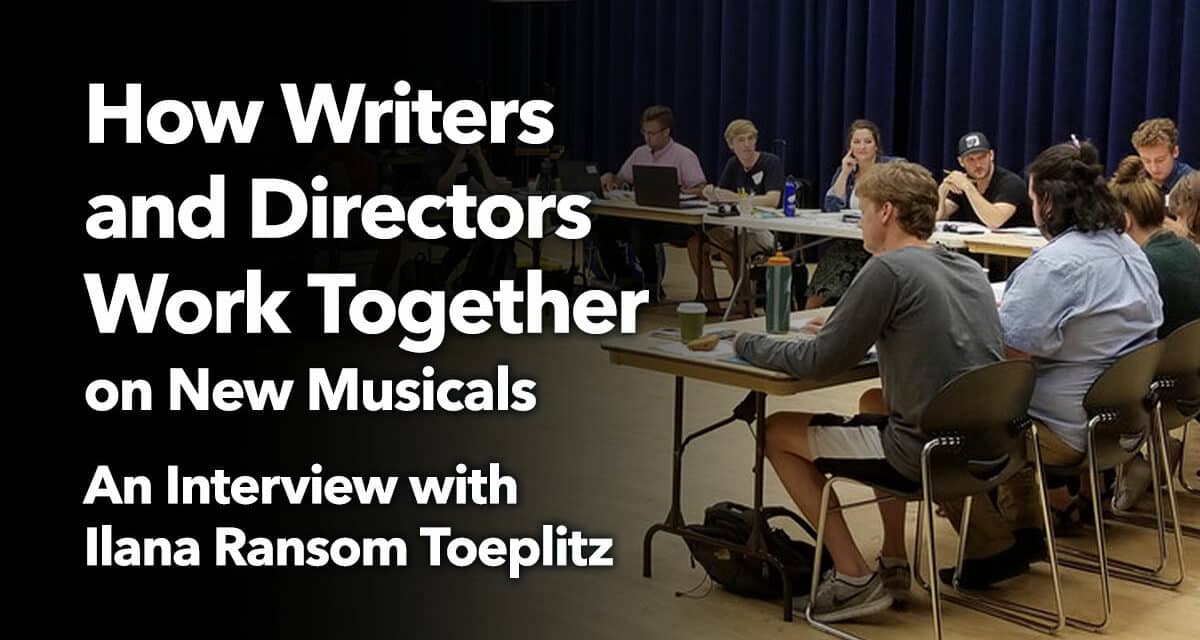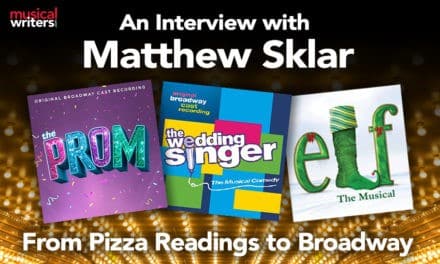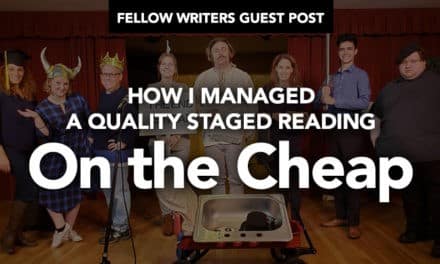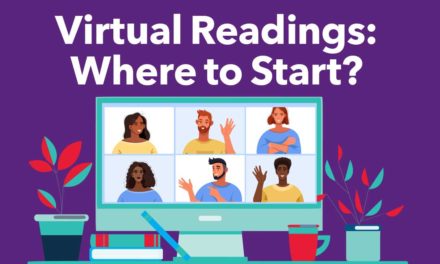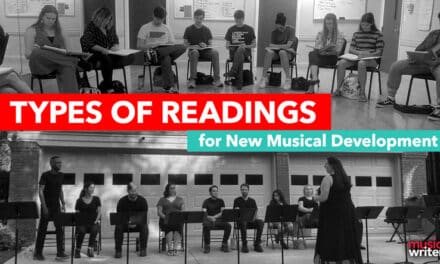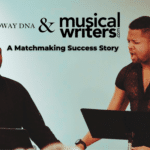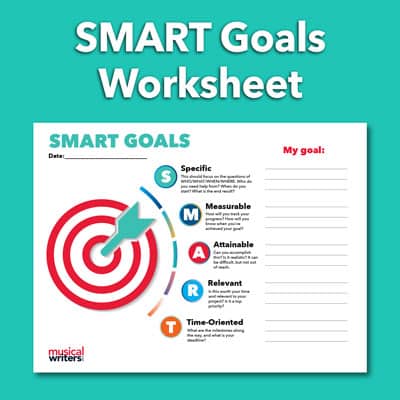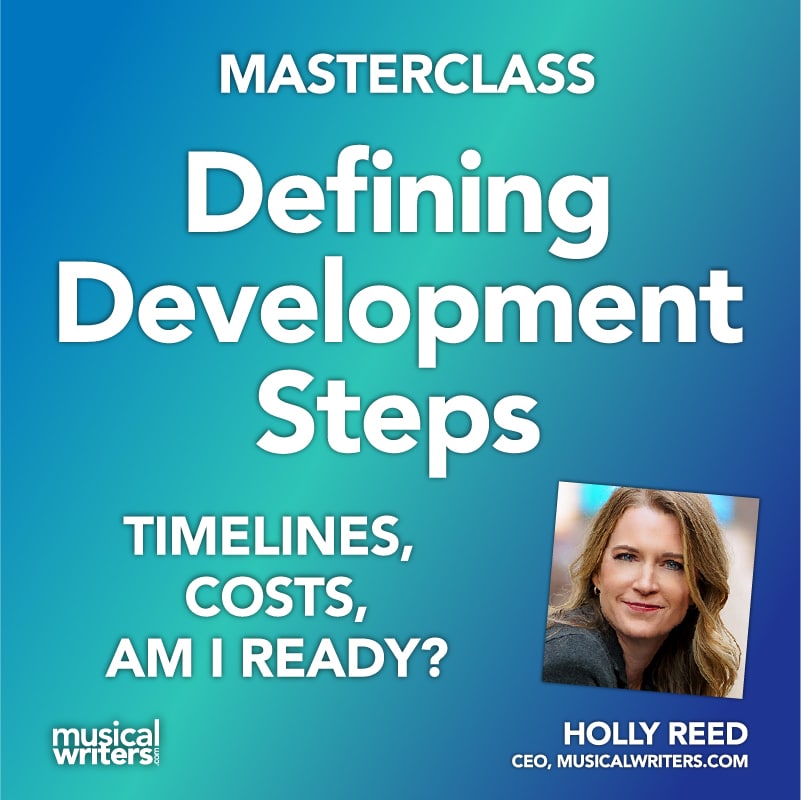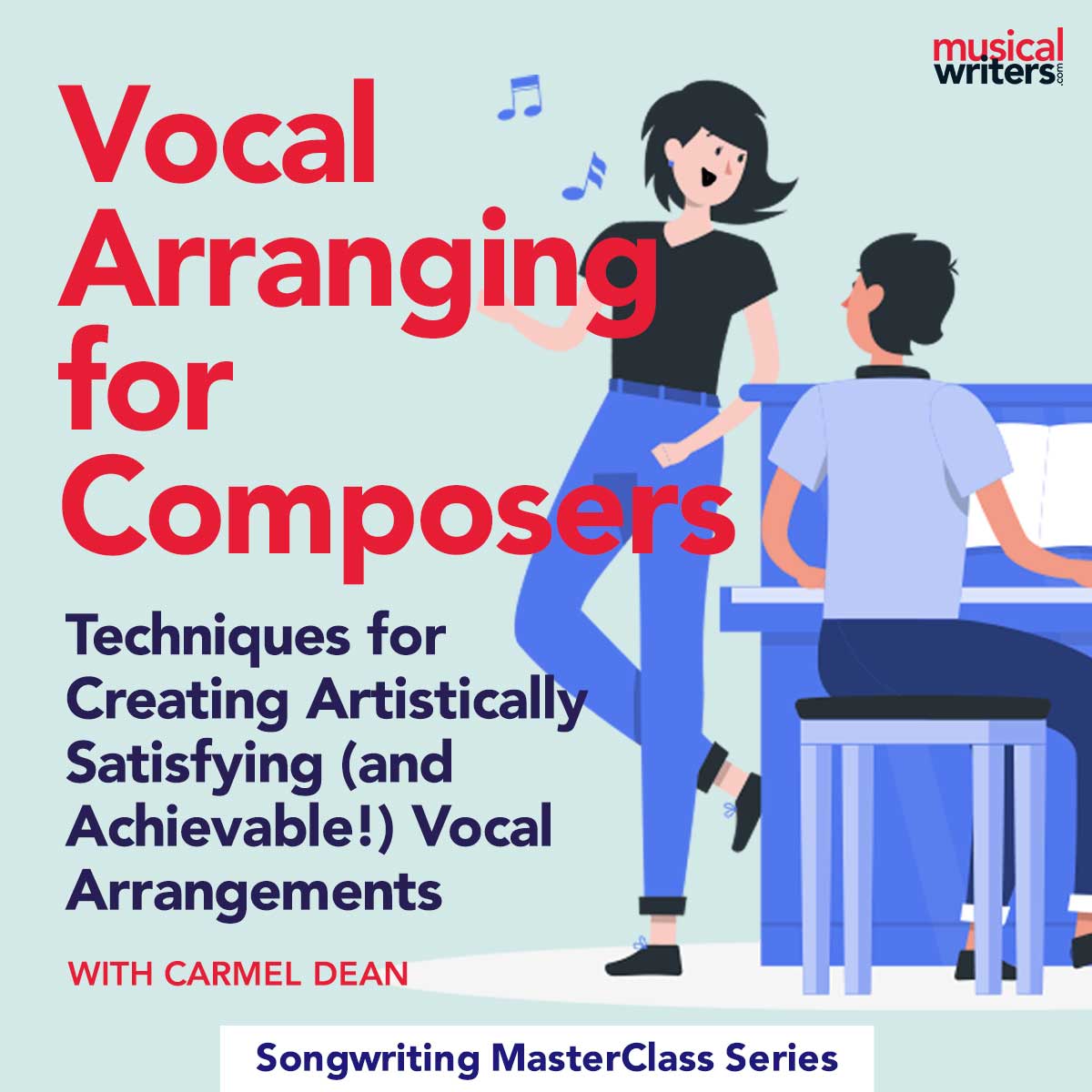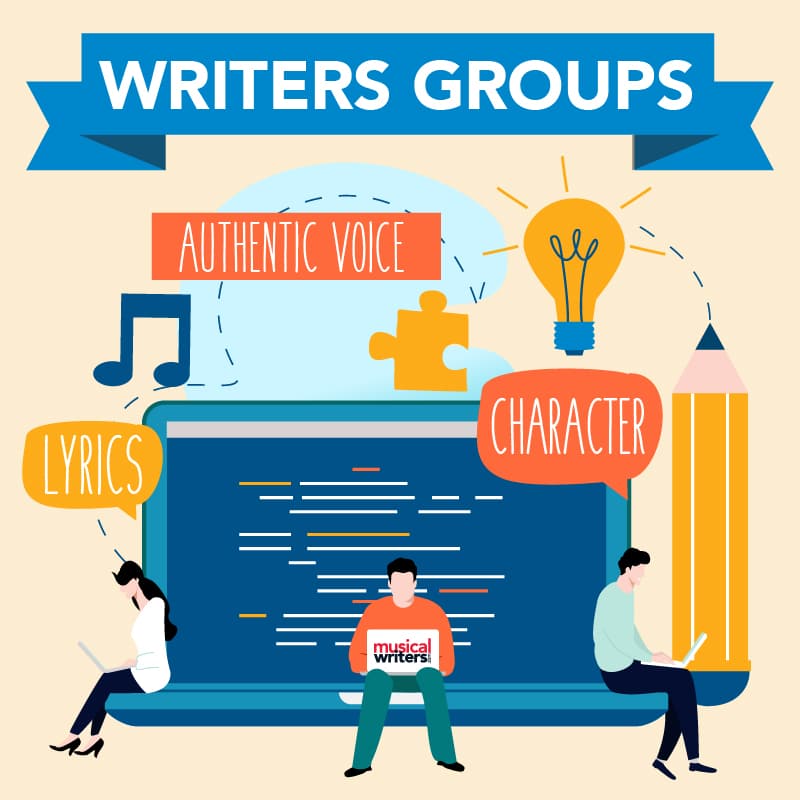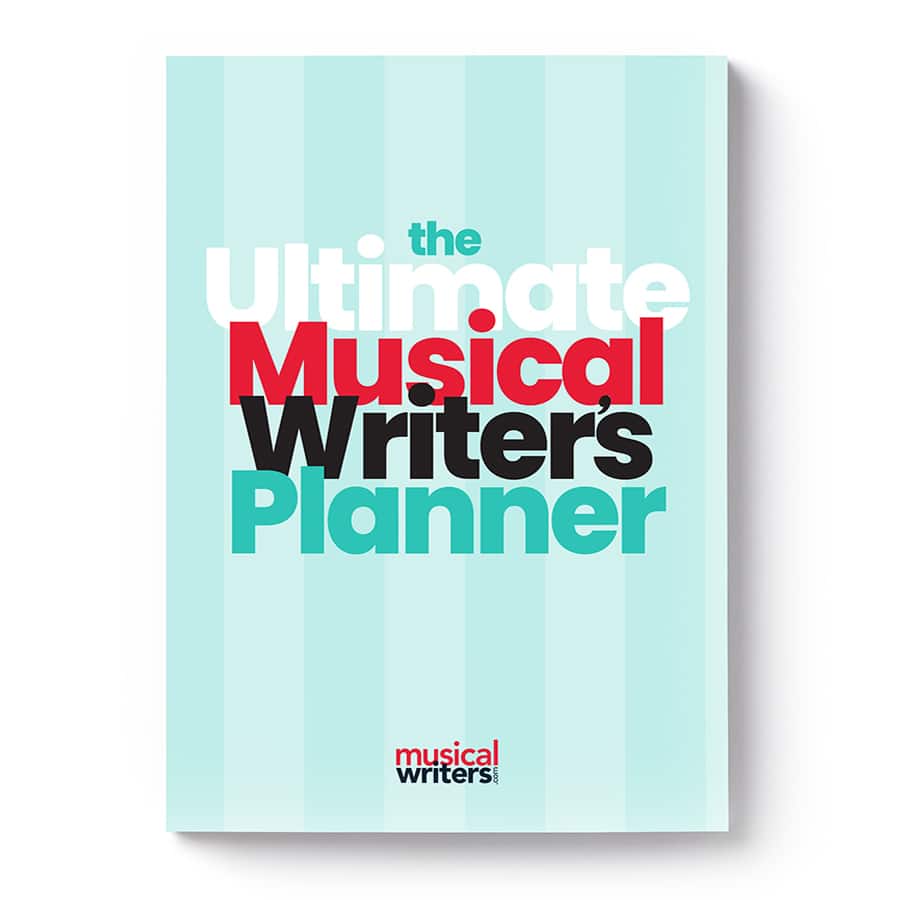At a recent Academy Q&A event, I was honored to introduce my friend Ilana Ransom Toeplitz. Ilana and I worked together during early development our show, True North: A Magical New Holiday Musical.
Ilana generously shared her thoughts and experience on the process of working with writers on new musicals. Below is an excerpt of the high points, and if you’d like to see the full interview as well as be a part of the live sessions with Broadway and other theatre professionals, join our Academy community here.
At what point does a director gets involved in new musical development?
Ilana Ransom Toeplitz: This is something that I think has changed a great deal in the last 20 years. I think a director used to get involved a few drafts into a script, or once it was ready to be staged. Now I think a director can get involved as soon as there’s an idea. I think it can be ideal to get involved after there’s a draft of the script. Just because as a director, there’s a full picture that you can respond to, which is usually closer to what we do on the stage.
How are you made aware of new material?
IRT: There are two ways to learn about new material. Either I already know about it or someone has to tell me about it. If I already know about it, most likely I’ve been following the writers closely and can’t wait to see what they’re doing. Or someone tells me about it. Then I go to concerts at 54 Below or other places where they do an evening with new writers. I always have a notepad and write down people who impress me. Then you connect with them—you say what you learned about their music and you build relationships.
What initially attracts you to a new musical?
IRT: Honestly, it’s that feeling you get in your chest right before you cry. If a script moves me enough after one page for me to continue and then actually generates some emotion, then I know it’s worth my time. I’ll speak to Holly’s script. The first time I read it, I cried. And I knew that a Christmas show isn’t usually the type of thing that makes me cry. Because it brought out new emotional feelings about the holidays from a self-proclaimed first-act Scrooge (at the time), it was a show I had to look into, and I’m so glad I did.
What should writers look for when seeking a director?
IRT: I don’t know if there’s a universal answer. I think you’ve got to know what you’re looking for. I think the first meeting of director and writer as two dogs sort of sniffing each other’s tails, figuring out if they want to be each other’s friends or not. You’re there because you responded to their work, and you want this relationship to work out. So I would say before you go into that meeting, think of three hard stops that you want, no matter what. Maybe you want your character to have empathy, maybe it’s a certain sort of language that they use. Know what’s important to you before you go into that meeting.
Where can a writer find a director?
IRT: I think it depends on what you’re looking for at the moment. If you’re looking for a dramaturgical, developmental director, then you can look anywhere. If you’re looking for somebody to actually get the piece on its feet where you are geographically, then I would recommend looking around locally unless you’re financially able to bring somebody else in.
One of my favorite organizations in the world is the Drama League. Everybody should be following the Drama League on social media. Every year they have a Director’s Project where they give out several fellowships to emerging directors across the country. They say these are the “directors of the year.” They introduce them to people and give them a chance to showcase their work. I would look at that list they put out every year. They also have a cumulative list of everyone who’s been through their 30+ year program, such as Diane Paulus and Mark Brokaw. I mean, almost anyone who’s anyone has been through that program. So catch them all early. That’s the other thing: catch a good director while they’re young.
Any tips for the writer and director relationship?
IRT: I think knowing what’s important to you, and really focusing on communication. One of the first things I do when I’m working with new writers is ask “how do you like your notes delivered? Do you like them delivered nice and sweet and cushy or do you like them just straight to the point take all the emotion out of it? Or do you like it somewhere in between?” That helps me get to know them better, too.
Holly: Yes, so good. Something I would add is respect—you want to always have a mutual respect. Ilana asked me that question (how do you like your notes given) when we first got started. When it’s time to kind of get down to the nitty-gritty of things, to ask the hard questions or deal with the places in the script that aren’t working, she asks, “Are you in a place where you can hear this right now?” Not with the attitude, “I’m going to hit you with a ton of bricks so deal with it.” Respect is mutual, and if you don’t get a director that is respectful of you and other people, that’s a red flag.
How much overlap is there between the role of director and the role of dramaturg, especially when dealing with new works?
IRT: I love this question. In my experience, all directors are dramaturgs but not all dramaturgs are directors. Every director should be so well researched and developed in the world of the show that they are a dramaturg. I think a show benefits from having multiple perspectives, especially in the middle of its incubation. That’s when you can bring on more dramaturgs to help your director because their perspective has been shifted to what’s on stage.
Can you speak to the division of labor between writers and directors?
IRT: I like to say that the writer is in charge of what’s on the page, and the director is in charge of what’s on the stage. Holly can speak to this because we’ve been in multiple workshops together now. I can say something like, “Hey, what do you think if this character said this,” and then it’s up to Holly to decide if she wants to put it on the page. Holly is the one who decides what stage directions are there. I’m the one who implements them and then puts icing on that cake. If she, as the writer, likes it enough to put it in every version of a show, she can write that into the stage direction.
Holly: And equally so if I say, “What do you think if that table is a little more stage left?” Then she can come back and say, “I have another vision for that.” She’s in charge of what’s on the stage. That’s one thing I have learned as a writer working with the director as far as division of labor—who is over each domain. If you’ve been in theatre and have worn a lot of hats, it can be really hard to take those off, especially if you have directed or done choreography before.
You have to be willing to say, “I know that your expertise is better than mine, which is why you’re on the project. So I have to trust you with this.” Not only does that benefit the work, it also acknowledges the gifting of other people.
How much do scripts change in the course of development?
IRT: A script is usually not even recognizable from its first draft, and that’s a good thing. That means that you have done the work to make it better. I’m surprised that Holly was able to ask me this question with a straight face because she knows how many drafts I made her go through. But I would say before you even think about showing it to someone else, I recommend going through three drafts on your own. Really ironing it out and share it with somebody else to catch any typos, mistakes, any glaring mistakes that you don’t want someone else to see first. And then share with somebody you trust. A trusted industry colleague who you know will be your friend, no matter the quality of the script, whether it’s amazing or whether it’s terrible.
After that, you’ll probably want to do two or three more revisions, and then you can start sending it to a dramaturg or director and let them bring their perspectives.
As far as phases of development, what are some typical steps a show goes through as it moves forward?
IRT: Obviously, it’s different for every show. But I would say the first three drafts, like we said, “share it with a beloved friend.” The next three drafts read out loud. Get some friends together, order pizza, sit around a table, read it out loud, and then get their thoughts. Then you’ll do more revisions. And then you might even want to do that again. Because the thing is, it’s only a musical once it’s read out loud on voices because it’s made to be read out loud on voices. You have to know how it sounds. At a certain point, your project is going to flip from the written development to the development of hearing the show. You need to feel the pacing and get a feel for when it drags, when it needs a laugh to lift it up, or when you need musical underscoring to help elevate the scenes. So then you can do the reading phase which can be a revolving door—sometimes you feel like you never leave. But it’s imperative. It’s a vital part of the process.
I would say you want at least three readings, whether that is public, private or formal. And then workshop to see how the show stands on its feet and how the music supports scene transitions and underscoring. Then it comes time to fold in even more creative folk, such as arrangers, orchestrators, vocal arrangers and dance arrangers. And I’m assuming that your director and choreographer has been placed in the multiple workshops. Next, you ideally will have a development workshop/production with a regional theatre which will be followed by probably 10 more revisions of the script. Then you’ll have your last regional, a big regional premiere (before you do more revisions of the project!) and open on Broadway about eight years after that idea that you had.
When writing their script, what are some things that you wish writers knew from a structure point of view?
IRT: I’m going to make a plug for the best book ever when it comes to the structure of a musical: “The Secret Life of the American Musical” by Jack Viertel. Jack Viertel was formerly the president of Jujamcyn Theaters and has one of the most prolific producing careers in the history of show business. He also came up with the concept of The Prom and Smokey Joe’s Cafe. He knows musicals and he wrote a book all about the structure of a traditional musical. From Overture to I Want Song to Tentpole Numbers all the way up to the 11 o’clock Number and Finale. Not to say that is the only form for musicals, but this is the traditional form of musicals. You can take this and break it if you will.
What are some things that a writer can potentially do to self-sabotage their own development?
IRT: Not give yourself deadlines. Wait for inspiration to come and wait for the perfect moment to write. What if there is no perfect moment? Would you still want to write? I hope the answer is yes. Ego is another thing. I know something I deal with when I write is I want it to be the best thing ever the first time I write it, and it takes so many revisions for it to be that. I have to not judge myself as I write the first crappy draft. Ego is also a factor if you’re collaborating. The unwillingness to let go of something you’re attached to could prevent something even more brilliant and powerful.
Many thanks to Ilana for graciously meeting with our community. Again, if you’d like to see the full interview as well as be a part of the live sessions with Broadway and other theatre professionals, join our Academy community here.
Ilana Ransom Toeplitz is a director, choreographer, lyricist and book writer specializing in new musicals, comedy, and classical music. Ilana has directed the world premieres of new work with: Lincoln Center, The Drama League, NYMF, the Adrienne Arsht Center (Miami, FL), Berkshire Theatre Group, York Theatre Company, NY Theatre Barn, Boston Center for the Arts, Keen Company, the Musuem of Sex & 54 Below.
On Broadway, Ilana worked on the creative teams of THE PROM (2018, Tony Nomination), VIOLET (2014, Tony Nomination) and the 25th Anniversary concert of CRAZY FOR YOU at Lincoln Center with Susan Stroman. Ilana was the Associate Director on the National Tours of: A CHRISTMAS STORY and, DIRTY DANCING. Ilana also worked alongside Stephen Sondheim on MARRY ME A LITTLE and SONDHEIM ON SONDHEIM with the Boston Pops.
Favorite director/choreographer credits: REEFER MADNESS (f/Alan Cumming. New World Stages & 54 Below 10th Anniversary Concert), CHICAGO, THE DROWSY CHAPERONE, THE ROCKY HORROR SHOW (Park Square Theatre) and the TheatreWorksUSA National Tours of CLICK CLACK MOO & A CHRISTMAS CAROL. Favorite choreography credits: 25th ANNUAL PUTNAM COUNTY SPELLING BEE (ACT OF CT), SINGIN’ IN THE RAIN, MARY POPPINS & SEUSSICAL! (both with Berkshire Theatre Group).
Ilana holds assistant or associate credits with Susan Stroman, Leigh Silverman, Sarna Lapine, Casey Nicholaw, Baayork Lee, New York City Center, Huntington Theatre Company, Second Stage, Signature Theatre (VA) & Pittsburgh CLO.
Ilana is currently developing world premieres of TRUE NORTH: A MAGICAL NEW HOLIDAY MUSICAL, MADAM PRESIDENT: AN OPTIMISTIC NEW MUSICAL and ????? THE IMPROVISED BROADWAY MUSICAL.
Ilana is the Artistic Director of Musical Theatre & Dance at Musical Mentors Collaborative (MMC) and a proud native of Pittsburgh, PA. Ilana is a 2018 SDC Foundation Mike Ockrent Fellow & Drama League Directors Project Alum (Leo Schull New Musicals Directing Fellowship) as well as a mentor with Statera Arts. www.IlanaDirects.com

